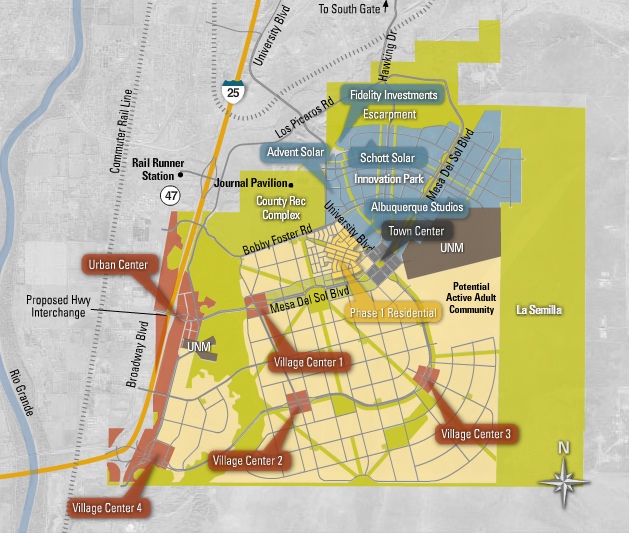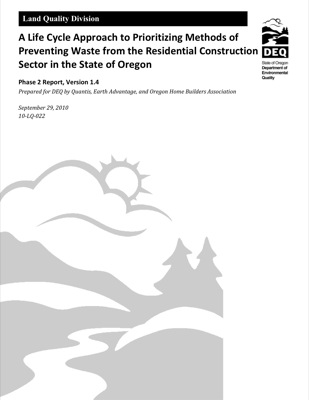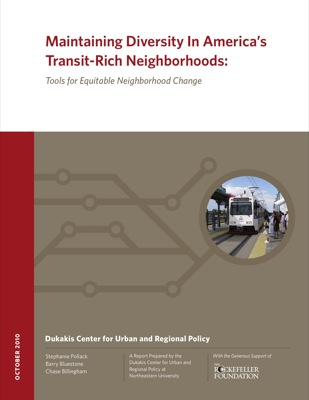Three years ago, the Antiplanner reviewed the regional transportation plans for the nation’s 70 largest metropolitan areas and found that 40 of them had some form of “smart-growth,” anti-auto policies built in. One that did not was for Omaha.
Omaha planners are eager to rectify that situation. Perhaps in response to Ray LaHood’s direction that all metro areas incorporate “livability” into their next round of long-range plans (which are revised every five years), Omaha’s new plan, which is now being prepared, has an unhealthy dose of this inane idea.
So far, the planners are merely at the PowerPoint stage. The most offensive part of their presentation is page two of this show, which says they want to “manage congestion.”












